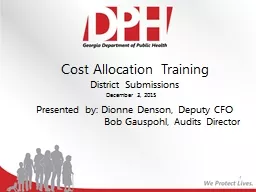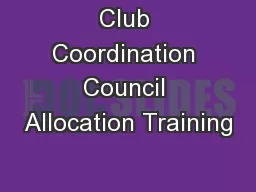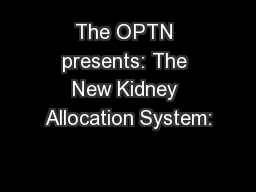PPT-Cost Allocation Training
Author : cheryl-pisano | Published Date : 2018-11-18
District Submissions Presented by Dionne Denson Deputy CFO Bob Gauspohl Audits Director December 3 2015 1 Training Topics Language of Cost Allocation amp Methodologies
Presentation Embed Code
Download Presentation
Download Presentation The PPT/PDF document "Cost Allocation Training" is the property of its rightful owner. Permission is granted to download and print the materials on this website for personal, non-commercial use only, and to display it on your personal computer provided you do not modify the materials and that you retain all copyright notices contained in the materials. By downloading content from our website, you accept the terms of this agreement.
Cost Allocation Training: Transcript
Download Rules Of Document
"Cost Allocation Training"The content belongs to its owner. You may download and print it for personal use, without modification, and keep all copyright notices. By downloading, you agree to these terms.
Related Documents














